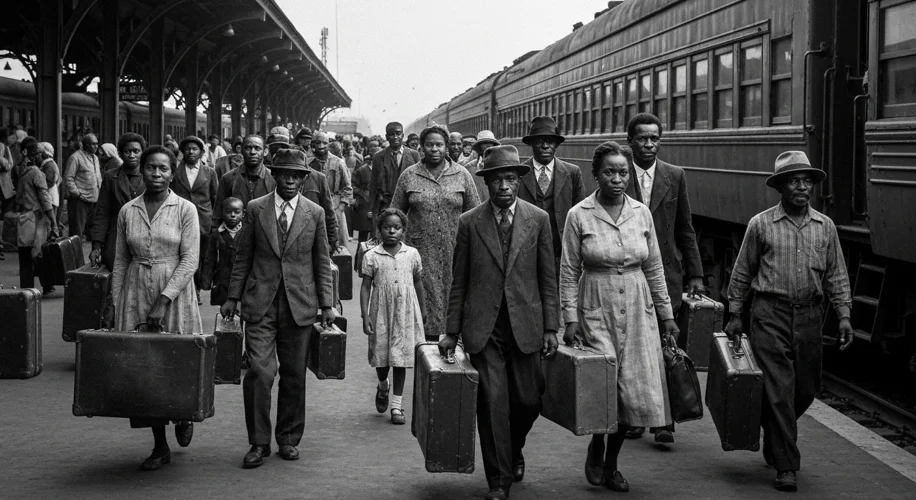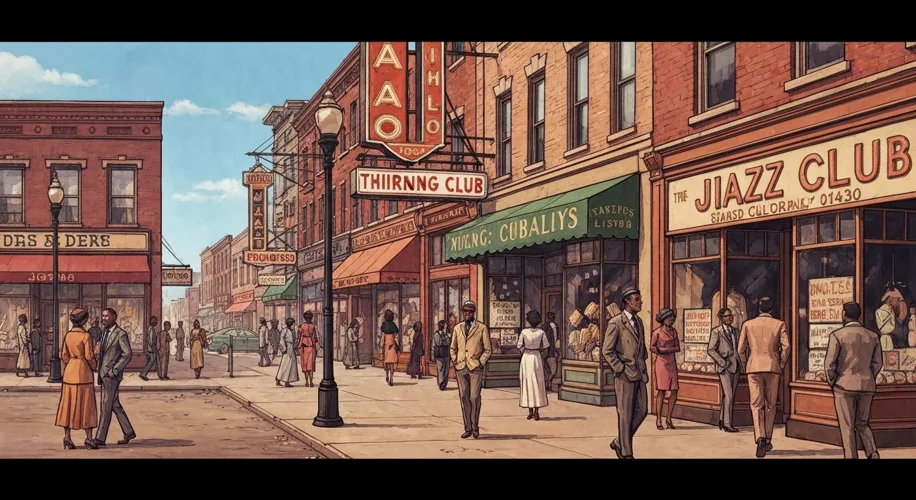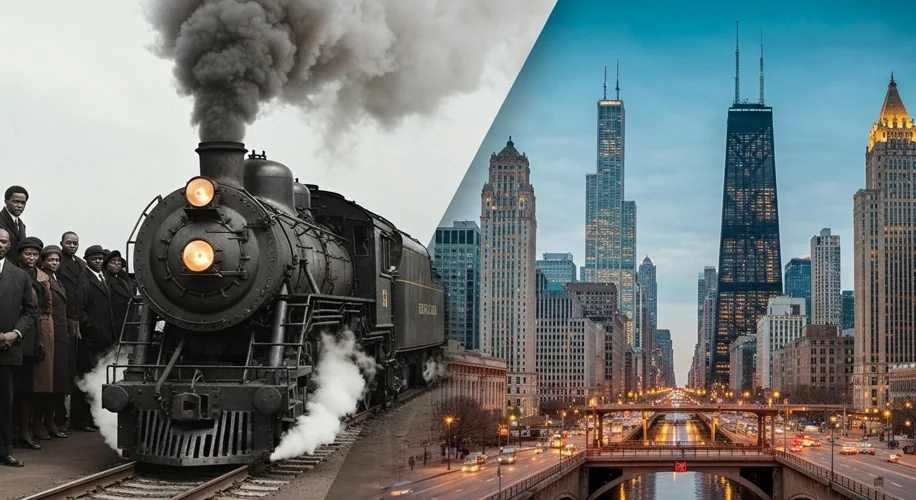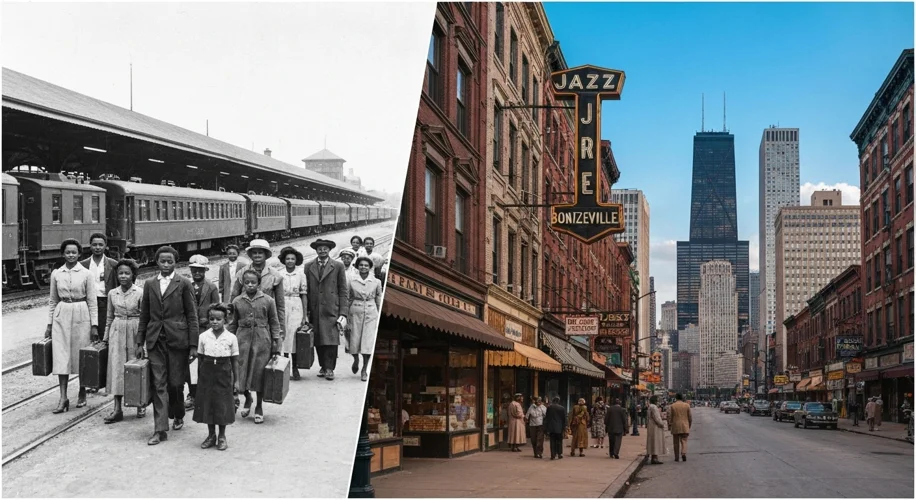Chicago. The name itself conjures images of soaring skyscrapers, a vibrant blues music scene, and a resilient spirit forged in fire and industry. But beneath the modern metropolis lies a deeper narrative, one that was fundamentally reshaped by the movement of millions. The recent unfortunate incident involving a service dog theft, while a stark reminder of the challenges faced by some in our cities today, serves as an opportune moment to delve into the profound impact of the Great Migration on the very soul of Chicago.
From the turn of the 20th century, and accelerating through World War I and beyond, a seismic shift was underway in the American landscape. For generations, African Americans had been bound to the land in the Jim Crow South, a system of racial oppression characterized by segregation, disenfranchisement, and economic exploitation. The promise of a better life, one of opportunity, dignity, and freedom, beckoned from the North. This was the Great Migration, a courageous exodus that would redefine urban America.
Imagine the scene: families packing meager belongings, the bittersweet farewells to ancestral lands, and the hopeful, yet anxious, journey north on crowded trains. For many, Chicago was the promised land. The city, booming with industrial jobs in factories, stockyards, and railroads, offered work that was simply unavailable in the agrarian South. These were jobs that fueled the nation’s progress, and the migrants, with their strong work ethic and determination, were eager to fill them.

Upon arrival, however, the reality was often a harsh welcome. While Chicago offered economic opportunity, it also presented new forms of discrimination. Housing covenants, redlining, and systemic racism meant that Black migrants were often confined to overcrowded, underserviced neighborhoods, most notably the South Side. This period saw the rapid development of the “Black Belt,” a densely populated area that became the heart of African American culture in the city. Despite these challenges, the spirit of resilience and community flourished.
Key figures emerged from this era, individuals whose experiences would shape the city’s cultural and political landscape. Think of activists organizing for better housing and labor rights, or musicians who brought the soulful sounds of the blues, adapted from the Delta to the urban North, to vibrant clubs like the legendary Checkerboard Lounge. These were not just laborers; they were builders of community, creators of culture, and champions of civil rights.
One cannot discuss the Great Migration without acknowledging the sheer scale of this movement. Between 1916 and 1970, an estimated six million African Americans moved from the South to cities across the nation. Chicago, in particular, became a major destination. By 1970, over one million Black Americans called Chicago home, a dramatic increase from the mere tens of thousands at the beginning of the century. This demographic transformation had profound consequences.
The city’s economic engine was significantly powered by these new residents. The stockyards, the steel mills, the manufacturing plants – all benefited from their labor. Culturally, Chicago was transformed. The music, the art, the literature, and the cuisine of African Americans became integral to the city’s identity. Neighborhoods like Bronzeville became centers of Black intellectual and artistic life, often referred to as the “New Negro” capital during the Harlem Renaissance’s influence.

The Great Migration wasn’t just about finding work; it was about seeking a life free from the pervasive terror and indignity of the South. It was about the right to vote, the right to education, and the fundamental human right to be treated with respect. The struggles faced by migrants in Chicago echoed the broader national fight for civil rights. Organizations like the NAACP found fertile ground in these Northern cities, advocating for the rights of their growing Black populations.
Analyzing this period reveals the complex interplay of opportunity and oppression. While the North offered freedoms denied in the South, it did not erase racial prejudice. The concentration of Black residents in specific neighborhoods, a direct result of discriminatory housing practices, laid the groundwork for future social and economic disparities. Yet, it also fostered a powerful sense of shared identity and collective action.
The legacy of the Great Migration is woven into the fabric of Chicago. It is a story of courage, resilience, and the relentless pursuit of a better life. It’s a story that, in many ways, began with the hope of reaching a place like Chicago, and it continues to inform the city’s present and future. Understanding this pivotal chapter in American history is essential to truly appreciating the dynamic, diverse, and enduring character of Chicago.


